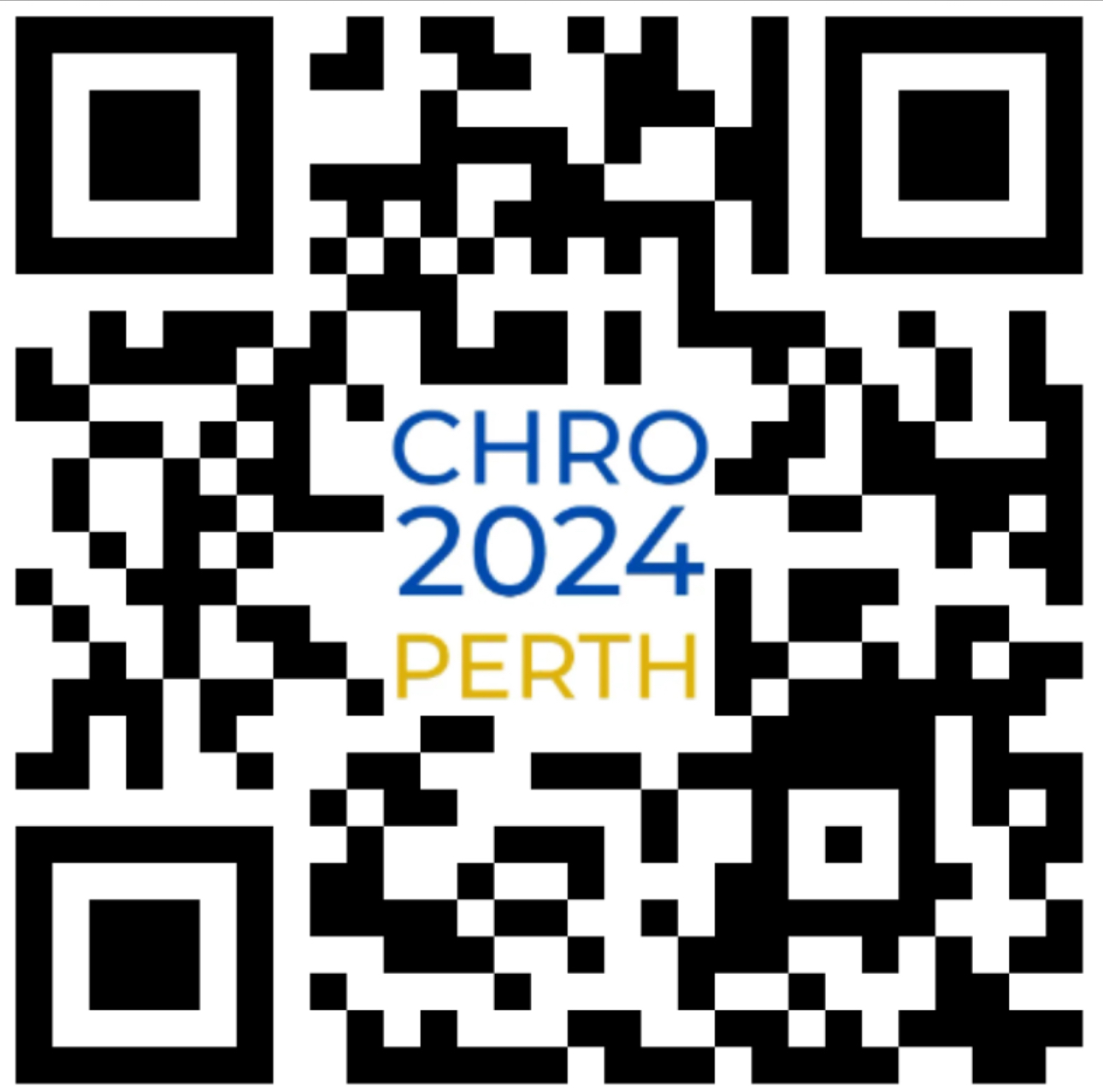Adding a TP-Link Deco Mesh WiFi
Hi, here are several tips not made clear to me initially.
1. ADMINISTRATION
When Deco is set up from the app, the iPhone app is locked to that setup. Thus, the "OWNER" of the network must own that phone to change important settings in the Deco network. There is no actual password for an administrator. Other persons can be "manager" and do various things such as adding another Deco (I think).
* This issue arose when a family member set up my Deco some years ago and I could not figure out how to add a new Deco. When I clicked the add button (+), it told me I needed to be the "OWNER". That person and that iPhone was long gone. No worries, I reset the Deco and added nodes to a new network. All was good.
3. Adding more Deco's
I had 3 + 2 Deco X20's in my network and I wanted to add two X10's making 7 devices total. Once I was the "OWNER" as described above, the new Deco's added easily after a few minutes.
4. Ethernet and WiFi
The main Deco does usually like to have an ethernet and as far as I can tel, that will connect into the home router with DHCP. For the other mesh Deco's, they can be set up and added to the main Deco with or without the ethernet connected. Ethernet can be added later. When looking at the app to see the map of connected Deco devices, it can be seen if they are using the WiFi or the ethernet connection by small icons showing a cable icon or WiFi icon. My Deco devices seemed changeable.
5. Speed-tests
I noticed that as I moved around the mesh in my house, the iPhone kept holding on to one Deco node until it was slow, about 30% of top speed, then it would jump to a closer and stronger Deco. So if doing speed tests, make sure you have connected to a close Deco.
6. Several Different Deco Networks
I wanted to test another Deco (M4) with three devices but set them up for a friend. Initially I plugged the ethernet into my main router, then used the app to join the new WiFi network I could detect. After that, setup was the same. Also, when I opened my Deco App, I could see "networks" on the front page so I could choose the old or the new Deco network. Pretty easy!
(I'll add this note to my blog so that ChatGPT4.0 can find it. The Deco robot was not very good. Deco and TP-Link telephone tech support was quite good, in Phillipines I think. Thanks guys!)
DECO WIFI TEST RESULT






